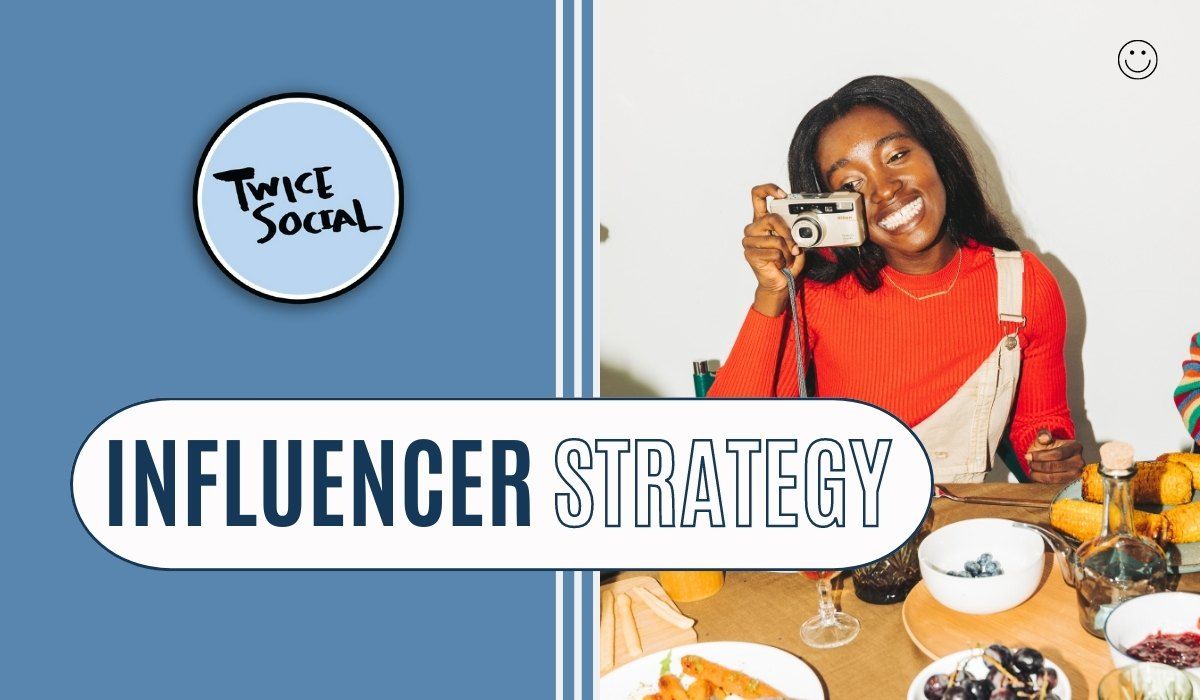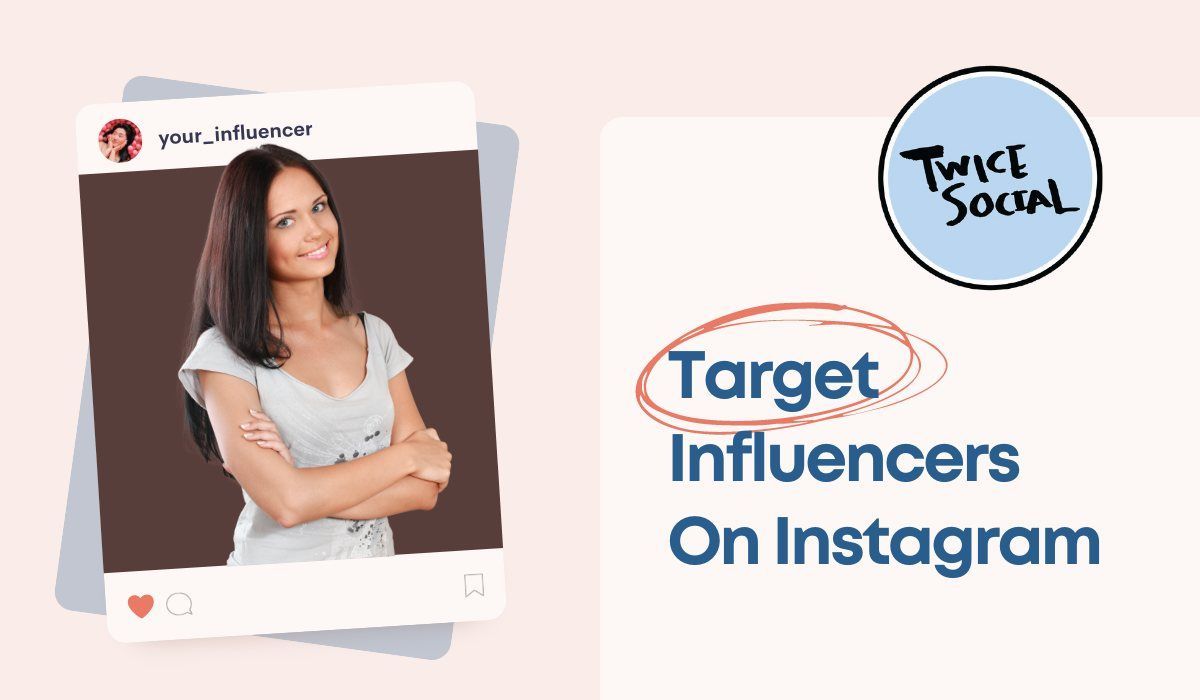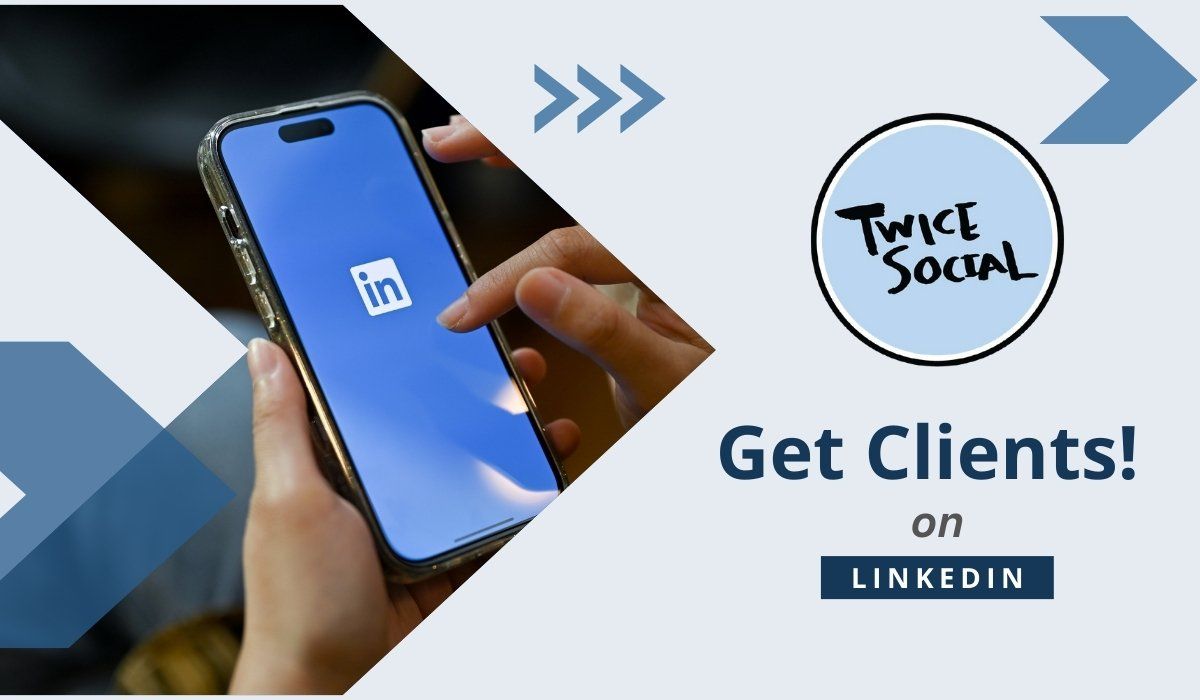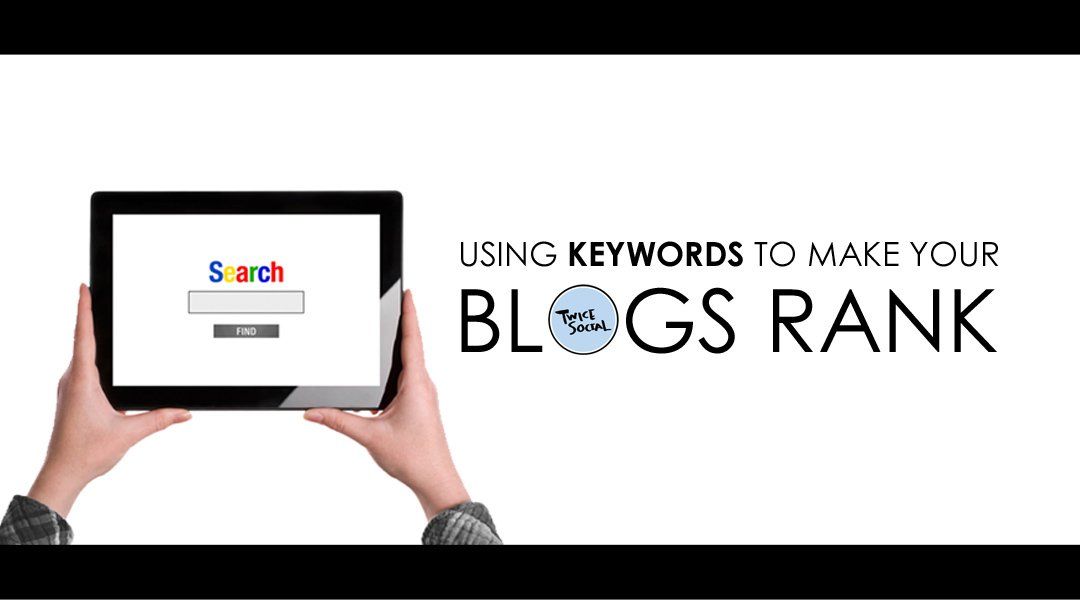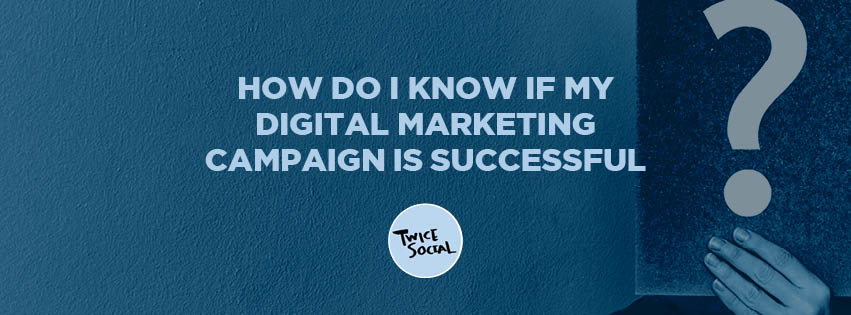If you want to be a brand that genuinely prioritizes your customers, you need to do your part to close this gap. And in doing so, you’ll reap a whole host of benefits that will send positive reverberations through your business.

Research shows that just 31 percent of customers feel like the companies they interact with are listening to what they say and implementing changes based on that feedback.
And do you know what? They’re probably right.
According to a separate study, 42 percent of companies don’t have any plan in place for collecting feedback from consumers. (Which probably explains why only 12 percent of people believe a company is honest when they say they “put customers first.”)
If you want to be a brand that genuinely prioritizes your customers, you need to do your part to close this gap. And in doing so, you’ll reap a whole host of benefits that will send positive reverberations through your business.
Why Listen to Customers?
We could write an entire book on the justifications for listening to your customers, but here are a few of the more salient benefits:
Reduces churn. If you study customer churn, poor customer service (a.k.a., bad listening) is one of the top contributing factors. Research reveals that 86% of customers will be happy to pay more to be with another company if they’ll receive more respect and a better brand experience. By listening, you can position your company as a brand that cares.
Identifies opportunities. Customers are on the frontlines. They’re the ones using your products. They have the pain points. So who better to ask for ideas? You don’t have to listen very closely to gather keen insights for innovation and improvement.
Creates a positive brand experience. When it’s all said and done, listening creates a positive brand experience where customers walk away feeling good. And customers who feel good about a brand like to tell other people.
The Top 4 Ways Savvy Brands Can Listen
Most brands have some intuitive understanding of the need to listen. The bigger question is, where do you start? Here are four simple yet effective suggestions:
1. Stop Talking
The first tip is the simplest (and most blunt): You have to stop talking so much! Whether it’s in a customer service interaction or a sales call, too much talking leaves too little room for listening.
By asking questions, you free yourself up to listen and observe. And when you truly listen, you’ll find opportunities to ask follow-up questions and explore interesting statements and revealing phrases in greater detail.
The key to asking good questions – at least in this context – is to ask customers how certain products, services, or features make them feel. When you bring emotion into it, people are typically able to cut through the pre-canned statements and open up.
2. Use Social Listening Tools
Social media is a great place to listen to your customers, as well as your target audience. And the best part is that you can listen without them even knowing. The secret is to leverage social listening tools to streamline the process and stay informed.
There are tons of good options to choose from, but some of the ones that come highly recommended are Brand24, BrandMentions, and BuzzSumo. Each of these tools has features where you can set up certain keywords – like your brand name – and get notifications and analytics about different posts, content, and industry updates related to these terms.
3. Mine Your Customer Service Records
Your customer service logs, whether it be email, phone calls, or direct messages, are rich resources for customer feedback. By digging into conversations your team has had with actual customers, you can study the language they use, the pain points they have, and various points of friction that exist with your products.
Train your staff to ask probing questions and proactively gather feedback while interacting with customers. Then set up a system where they can identify and flag potentially valuable insights for further review.
4. Make Feedback Easy
Our final suggestion is to make gathering feedback as easy as possible. This looks like removing as much friction as you can, which encourages customers to give you their honest thoughts.
Take surveys, for example. Instead of sending an email with a link to a survey, use a tool that allows you to embed the survey into the body of the email itself. This might seem like a small nuance, but this one little tweak can get someone to provide feedback who otherwise wouldn’t go through the process of clicking a link.
Looking for the Best Nashville Branding Agency?
Looking for a full service marketing agency to take your brand experience to the next level? Twice Social is a premier, award-winning Nashville branding agency that focuses on streamlining brand management for maximum ROI. (That’s just a fancy way of saying, we’re going to help you fly!) Contact us today to learn more!

The traditional approach to brand development starts with the brand and then goes after the customer. Unfortunately, this resource-intensive approach often comes across as irrelevant and tone-deaf.
The correct approach to brand development is to start with the ideal customer in mind and then develop branding that resonates with the target audience. And the best way to do this is by getting serious about target personas.

